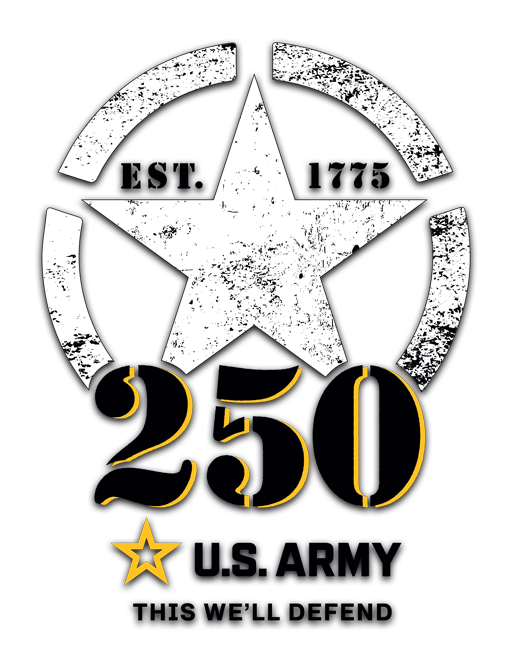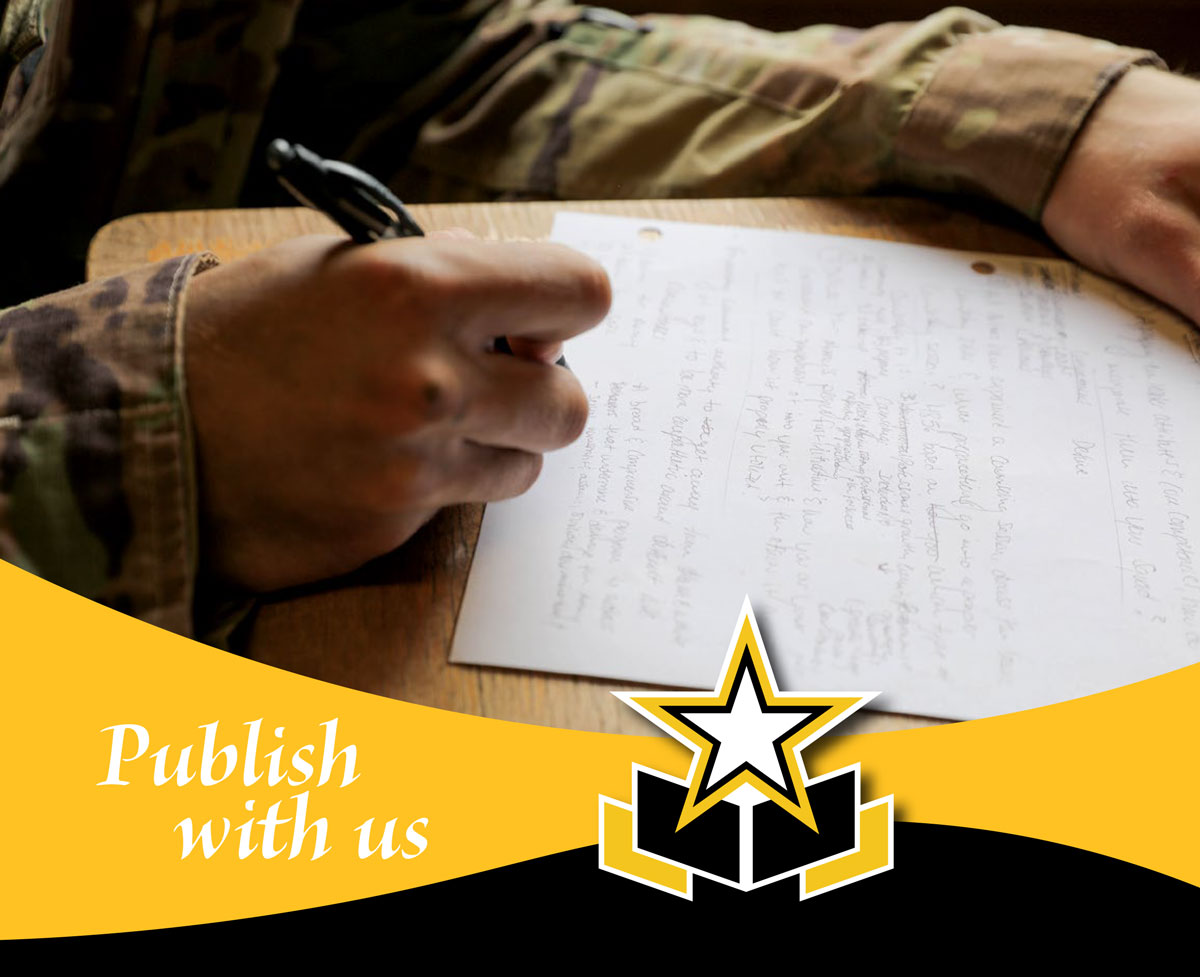Happy Birthday, United States Army 
Col. Andrew Morgado, U.S. Army
Download the PDF 
On 14 June 2025, the United States Army celebrates its 250th birthday. Created by an act of the Continental Congress, ten newly formed companies marched to Boston to reinforce an amalgamation of New England militia fresh from their fight at Lexington and Concord. The “Continentals” from Maryland, Pennsylvania, and Virginia, when joined with their northern compatriots, created a new entity and marked a new phase in the conflict with the mother country.1 This was a defining act of unity thirteen months ahead of the formal Declaration of Independence and the birth of a new nation.
This simplified origin story introduces several enduring themes of our Army’s history. Among these are the unifying role of the Army as an institution, the culture of service and readiness, and most importantly, the centrality of the citizen-soldier to our identity. Gen. Creighton Abrams famously remarked, “People are not in the Army, they are the Army.”2 It is in this spirit that we dive into the archives of Military Review to find an article that commemorates the greatness of our Army by touching on the sources of its enduring strength. Col. Richard W. Whitney penned “A Fighting Heart for the Army’s New Look” in April 1955.3 Whitney emphasized the role of leadership and morale in maintaining the fighting capability of the Army. It is the spirit of the soldier that allows an army to fight, survive, and win.
To understand why Whitney’s article and message is important, we must place his writing in its historical context. The mid-1950s was an inflection point in our Nation’s and Army’s history. As the leading member of a worldwide coalition that defeated the Axis powers, the United States was the most powerful nation on earth. In fulfilling this new role as the world’s superpower, it maintained the largest standing peacetime army in its history.4 This Army helped stabilize postwar Europe and fought back the North Koreans and Chinese to preserve the Republic of Korea. Despite these victories, dark clouds loomed.
In 1955, both new and familiar tensions bubbled to the surface. Key among them was President Dwight Eisenhower’s “New Look” strategy. Facing a $9.9 billion deficit, Eisenhower advanced a strategy to pull forces back to the continental United States and rely on America’s nuclear arsenal to serve as the main deterrent and central component of our defense.5 The New Look was bitterly opposed by Gen. Matthew Ridgway, first as supreme Allied commander Europe and then as chief of staff of the Army. Ridgway and his fellow service chiefs expressed concern about the physical and morale ground America would cede by its absence from Europe and elsewhere. What role did the soldier play in this new strategy?
While one challenge came from above, the other emerged from below. The new-style citizen-soldier was also coming to grips with the prolonged exposure to military service and its worldwide commitments. This concern manifested itself immediately following the end of the Second World War. Common to every postwar demobilization in American history, the desire to leave the service at the conclusion of hostilities was acute. The Army, spread around the world and strapped with occupation and reconstruction duties, was hard pressed for manpower and reluctant to immediately demobilize. The citizen-soldier and the American people could not reconcile the purported security needs with their intense desire to get soldiers back home.6 Congress, attuned to the displeasure of their constituents, pressed the administration to study the problems of demobilization and investigate the reports of unfair treatment of enlisted soldiers in the process. And so, the Doolittle Board was born.
Mentioned by Whitney almost in passing, he identifies the Doolittle Board as almost a hindrance.7 Anyone studying the Doolittle Board will recognize that nearly all the board’s recommendations are part of today’s Army.8 Despite Whitney’s disdain, the Doolittle Board identified the necessary components of a large standing Army of citizen-soldiers and what would become an all-volunteer Army. This included more and better training for officers, better food, fair leave accumulation, awards equity, and a fair, transparent legal system that ultimately became the Uniform Code of Military Justice.9 Whitney and his generation represented the beginning of a transition period for our Army.
Whitney may not have been right about the effects and enduring legacy of the Doolittle Board, but he accurately captured some of the many strengths of the American soldier and Army.10 Whitney’s remedy for rebuilding the Army during its demobilization woes focused on a few key elements. First and foremost, good morale requires good leaders who know their soldiers and develop a mutual respect and confidence.11 The Army, as an institution, enables and reinforces good leadership by emphasizing its history and lineage, focuses on building teams, invests in education, drives realistic training, and engages the citizenry to understand and invest in its Army.12 Any Army leader today would recognize these points as axioms in our modern approach to leading and caring for soldiers.
The United States Army is a product of America. Citizens comprise its ranks. It represents the very best of who we are. It serves a key role in protecting our freedoms. We, the current generation, must perpetuate its legacy. Happy birthday, United States Army.
Notes
- Army News Service, “Continental Congress Authorizes Army,” Army.mil, 15 April 2016, https://www.army.mil/article/40562/continental_congress_authorizes_army; John W. Peabody, “The Army’s Heritage as a Coalition Force,” Military Review 73, no. 1 (January 1993): 21–26, https://cgsc.contentdm.oclc.org/digital/collection/p124201coll1/id/461/rec/9.
- James T. Hirai and Ken Summers, “Leader Development and Education: Growing Leaders for the Future,” Military Review 85, no. 3 (May-June 2005): 86–95, https://cgsc.contentdm.oclc.org/digital/collection/p124201coll1/id/171/rec/6.
- Richard W. Whitney, “A Fighting Heart for the Army’s New Look,” Military Review 35, no. 1 (April 1955): 3–17, https://cgsc.contentdm.oclc.org/digital/collection/p124201coll1/id/757/rec/10.
- Kevin P. Anastas, “Demobilization and Democratizing Discipline: The Doolittle Board and the Post World War Response to Criticism of the United States Army” (master’s thesis, Duke University, 1983), https://apps.dtic.mil/sti/citations/ADA128437.
- Robert Davis, The Challenge of Adaptation: The US Army in the Aftermath of Conflict, 1953-2000 (Combat Studies Institute, 2008), 16, https://www.armyupress.army.mil/Portals/7/combat-studies-institute/csi-books/davis.pdf.
- Anastas, “Demobilization and Democratizing Discipline,” 88.
- Whitney, “A Fighting Heart for the Army’s New Look,” 9.
- Anastas, “Demobilization and Democratizing Discipline,” 90.
- Ibid., 91.
- Whitney, “A Fighting Heart for the Army’s New Look,” 9.
- Ibid., 8.
- Ibid., 17.

January 31, 2025
Pathways to Becoming a Transformational Leader
The Army demands leaders who can not only achieve mission success but also inspire, develop, and transform their teams. Transformational leadership, grounded in Army doctrine, focuses on fostering an environment where individuals reach their highest potential and contribute to the mission with commitment and innovation. My expectations are to utilize the following tenants for developing Transformational Leaders:
Build Trust and Foster Shared Understanding (ADP 6-22)
Central to transformational leadership is the establishment of trust and a shared purpose. Effective leaders demonstrate integrity, uphold Army Values, and create a climate of trust. This environment allows subordinates to express ideas, collaborate openly, and contribute with confidence.
Lead with Vision and Purpose (ADP 6-0)
Transformational leaders must articulate a compelling vision that aligns with Army goals and mission objectives. Leaders should communicate intent clearly, empowering subordinates to act with initiative and creativity.
Adapt and Embrace Change (ADP 7-0)
The nature of our mission requires leaders to be adaptable and resilient. Transformational leaders are proactive in seeking new approaches, valuing innovation, and empowering their teams to think critically.
Develop and Mentor Subordinates (FM 6-22)
Leader development is at the heart of transformation. A transformational leader prioritizes their team’s personal and professional development, ensuring that each Soldier and Civilian is equipped with the skills, knowledge, and confidence to tackle current and future challenges. This focus on growth fosters an environment where team members strive for continual improvement and innovation.
Inspire Motivation and Foster a Positive Culture (ADP 6-22)
Leaders should inspire and motivate others by setting high standards and maintaining a positive attitude. Transformational leaders show genuine passion for their work and convey this enthusiasm to their teams. Recognizing and celebrating successes, whether big or small, helps build a culture of motivation and shared pride.
Demonstrate Empathy and Understand Your Team (FM 6-22)
Empathy is a crucial quality in transformational leadership. Understanding and addressing the needs, concerns, and aspirations of subordinates leads to stronger bonds and improved morale. By demonstrating empathy, leaders show that they value their Soldiers not just as members of a team, but as individuals.
Transformational leadership is not merely a leadership style but a comprehensive approach to fostering an environment where Soldiers and Civilians are inspired, motivated, and empowered to excel. Through unwavering commitment to warfighting proficiency and readiness, we will uphold the integrity of our institution and enhance the lethality of our force, ensuring the Army remains a dominant force on the battlefield.
Milford H. Beagle, Jr.
Lieutenant General, U.S. Army
Commanding

The Army University Press provides writers with a suite of publishing venues to advance ideas and insights military professionals need to lead and succeed. Consider Military Review, the Journal of Military Learning, the NCO Journal, or the Combat Studies Institute to present cutting-edge thought and discussion on topics important to the Army and national defense.
Learn how to publish with Army University Press at https://www.armyupress.army.mil/Publish-With-Us/.
Back to Top